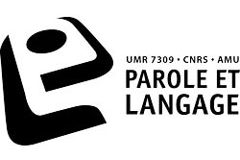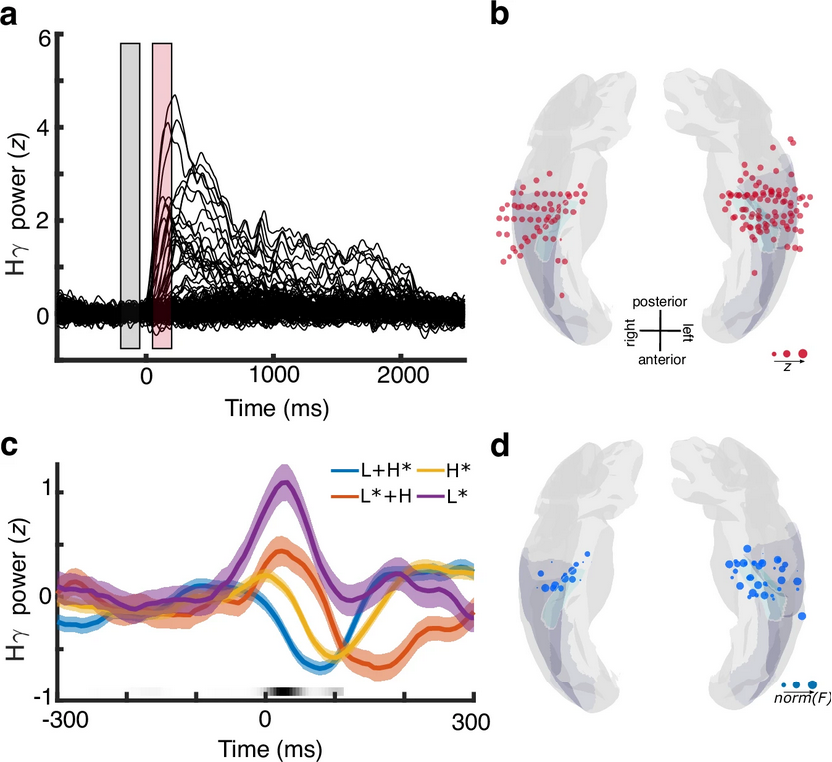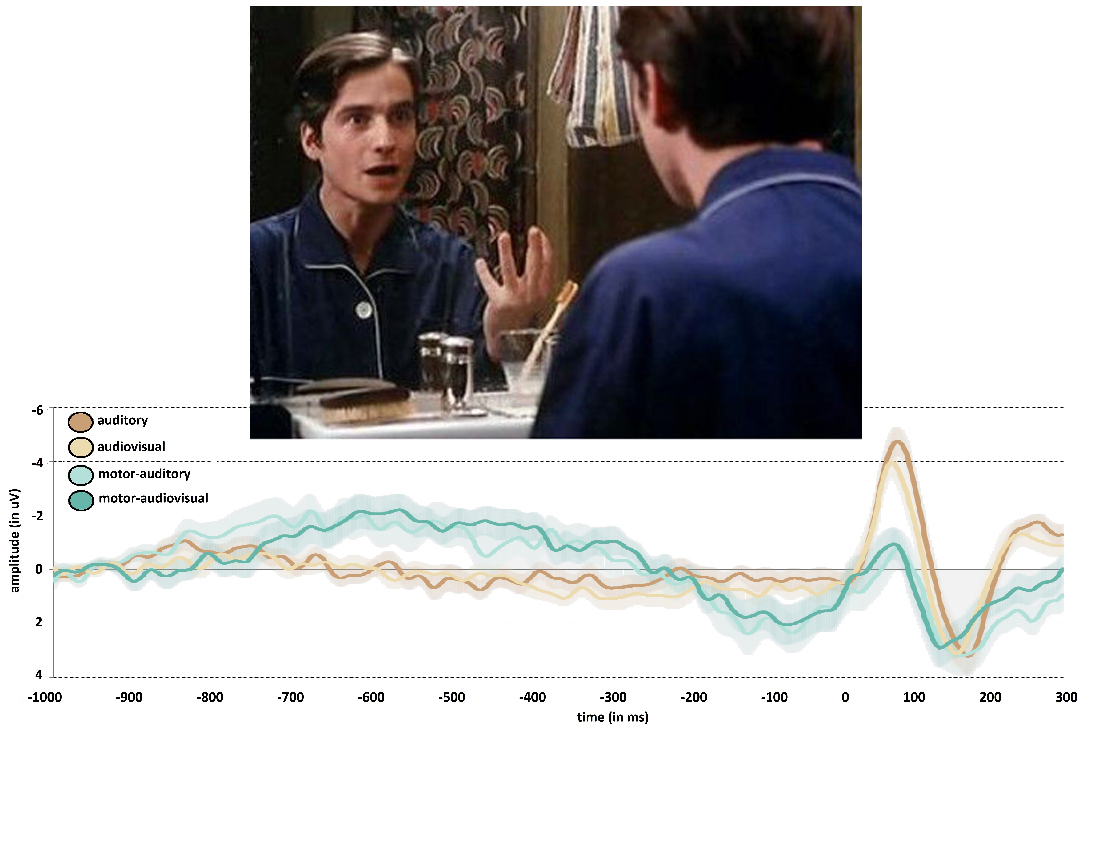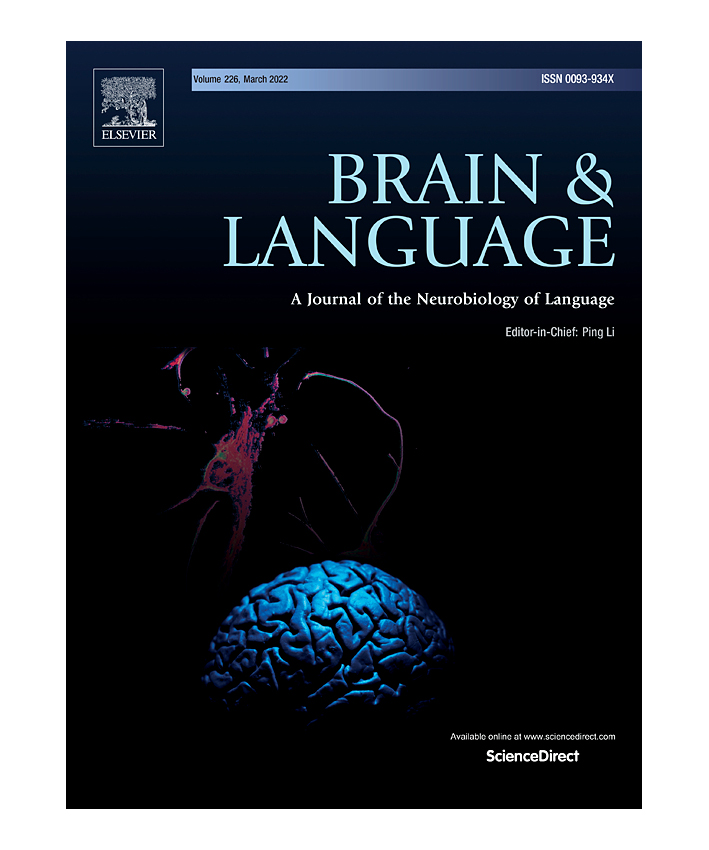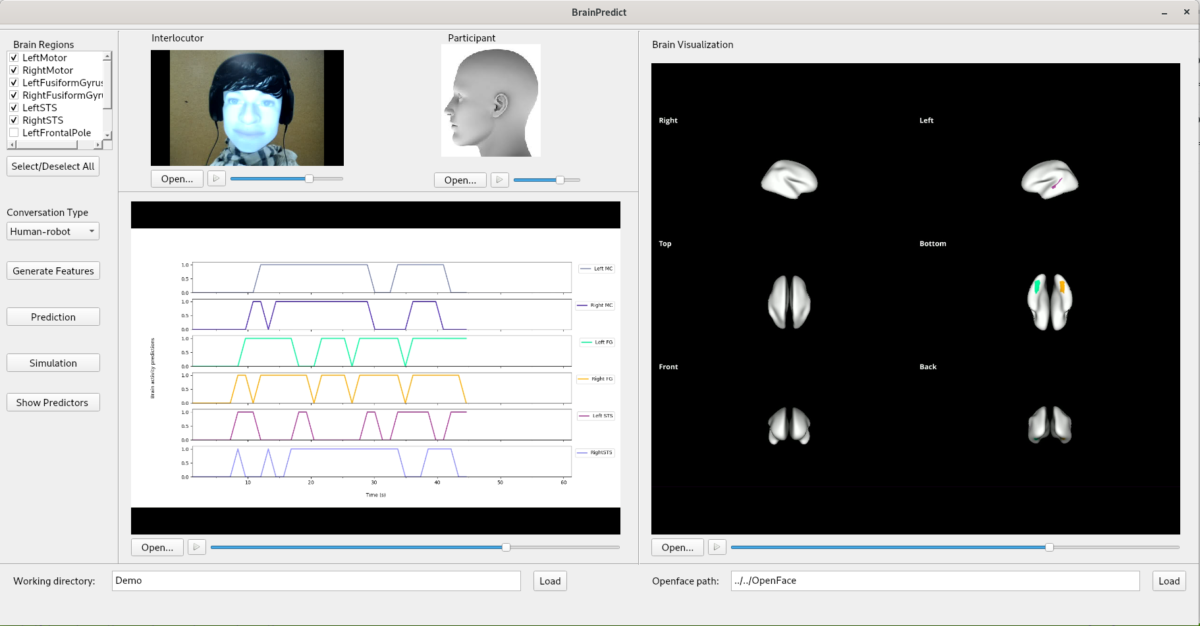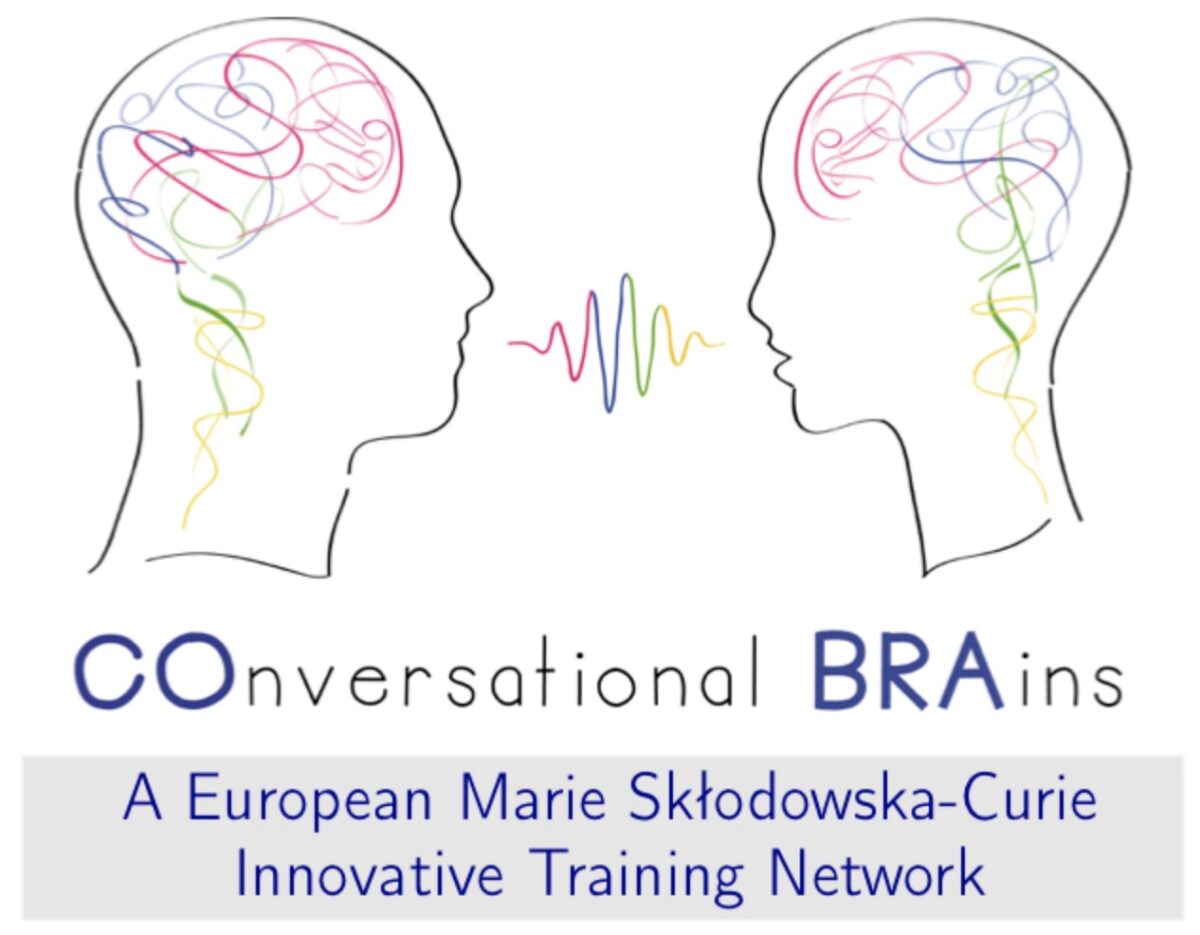A long-standing international collaboration between James S. German (LPL/amU) and Barath Chandrasekaran (University of Pittsburgh) has taken shape in a multidisciplinary study just published in Nature Communications:
Reference: G. Nike Gnanateja, Kyle Rupp, Fernando Llanos, Jasmine Hect, James S German, Tobias Teichert, Taylor J Abel, Bharath Chandrasekaran. Cortical processing of discrete prosodic patterns in continuous speech. Nature Communications, 2025, 16 (1), pp.1947.
Full-text article: https://www.nature.com/articles/s41467-025-56779-w
Link to HAL database: https://hal.science/hal-04973949v1
EurekAlert news release: https://www.eurekalert.org/news-releases/1075245
Abstract:
For years, scientists thought that all aspects of prosody were essentially processed in the superior temporal gyrus, a brain region known for speech perception. Through analysis of intra-cortical recordings in humans and non-human primates (Macaque), this study reveals that Heschl's Gyrus is a cortical region crucial to prosody perception, processing melodic accents as abstract phonological units. These findings inform neurolinguistic models of prosody processing by expanding the role of Heschl's Gyrus in speech processing beyond the low-level representations suggested so far. They also have important theoretical implications for linguistics since, in line with what has been proposed by metrical self-segmental theory, they show that melodic accents are linguistic categories of a discrete nature.
